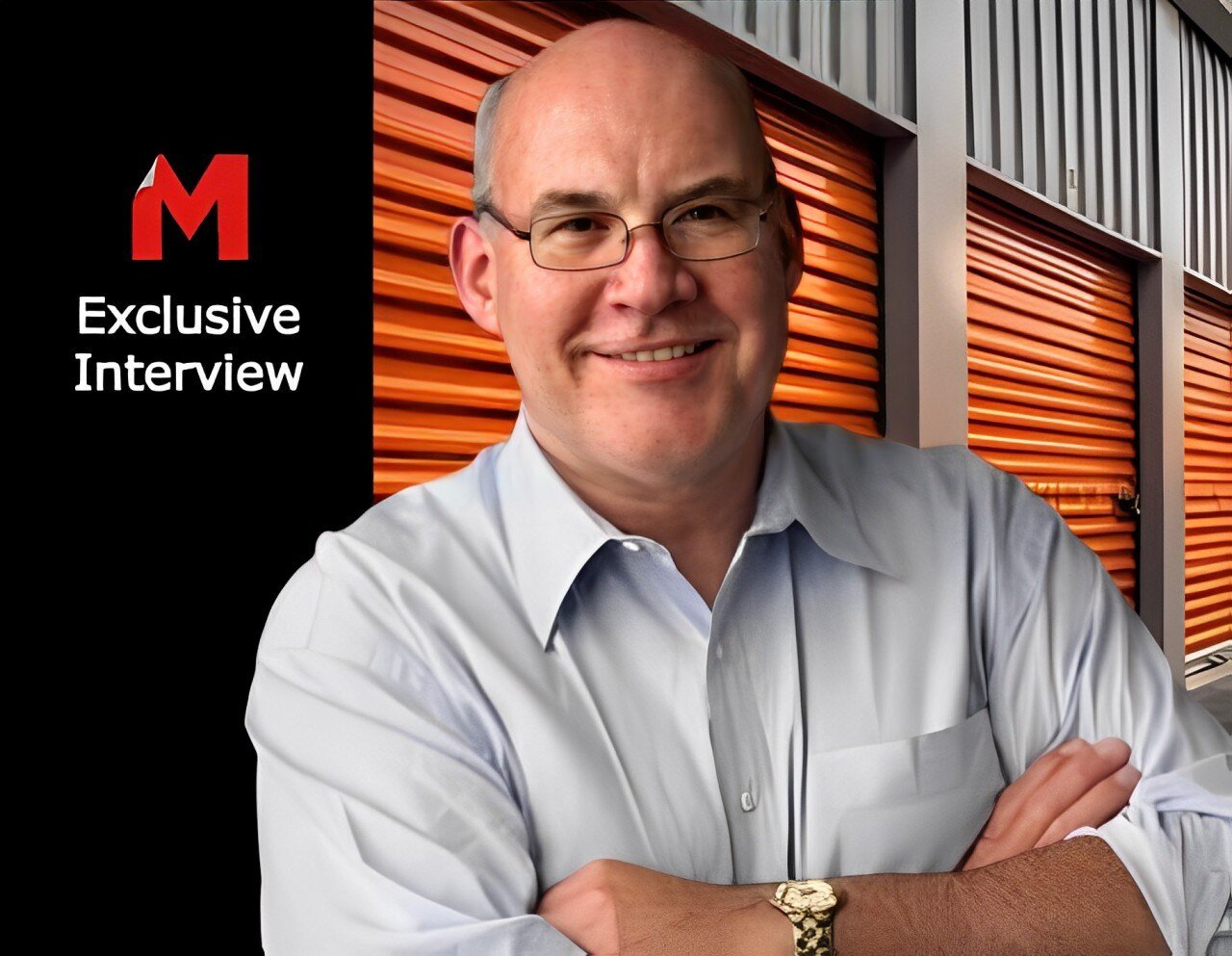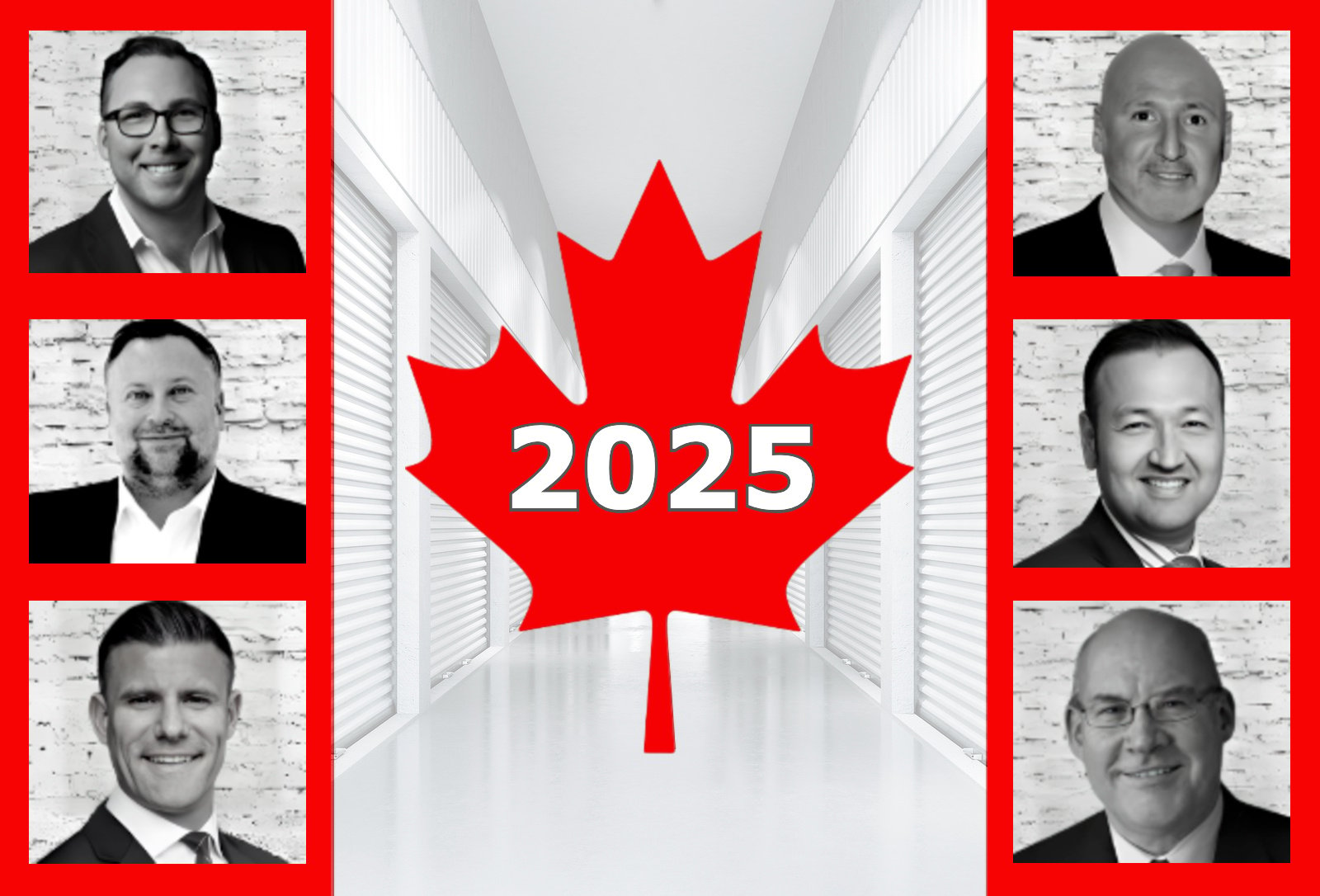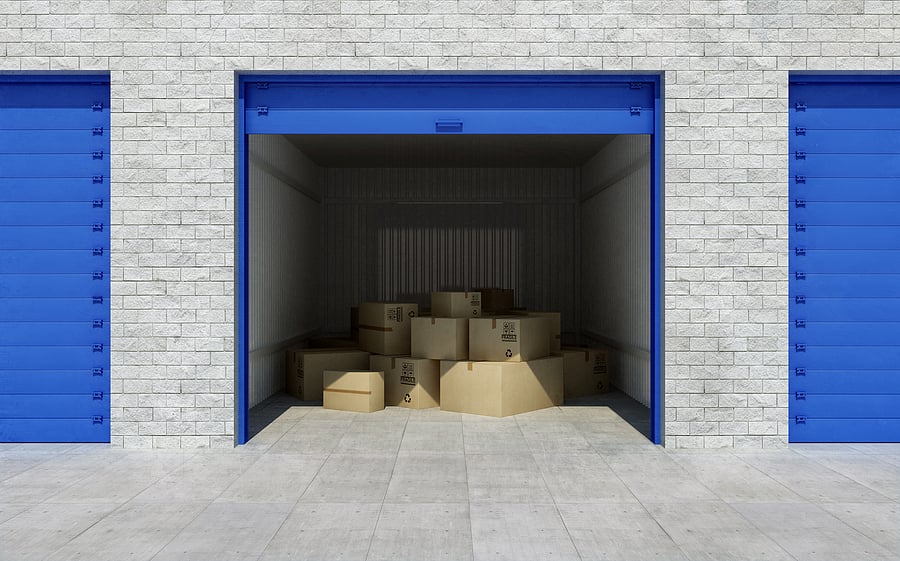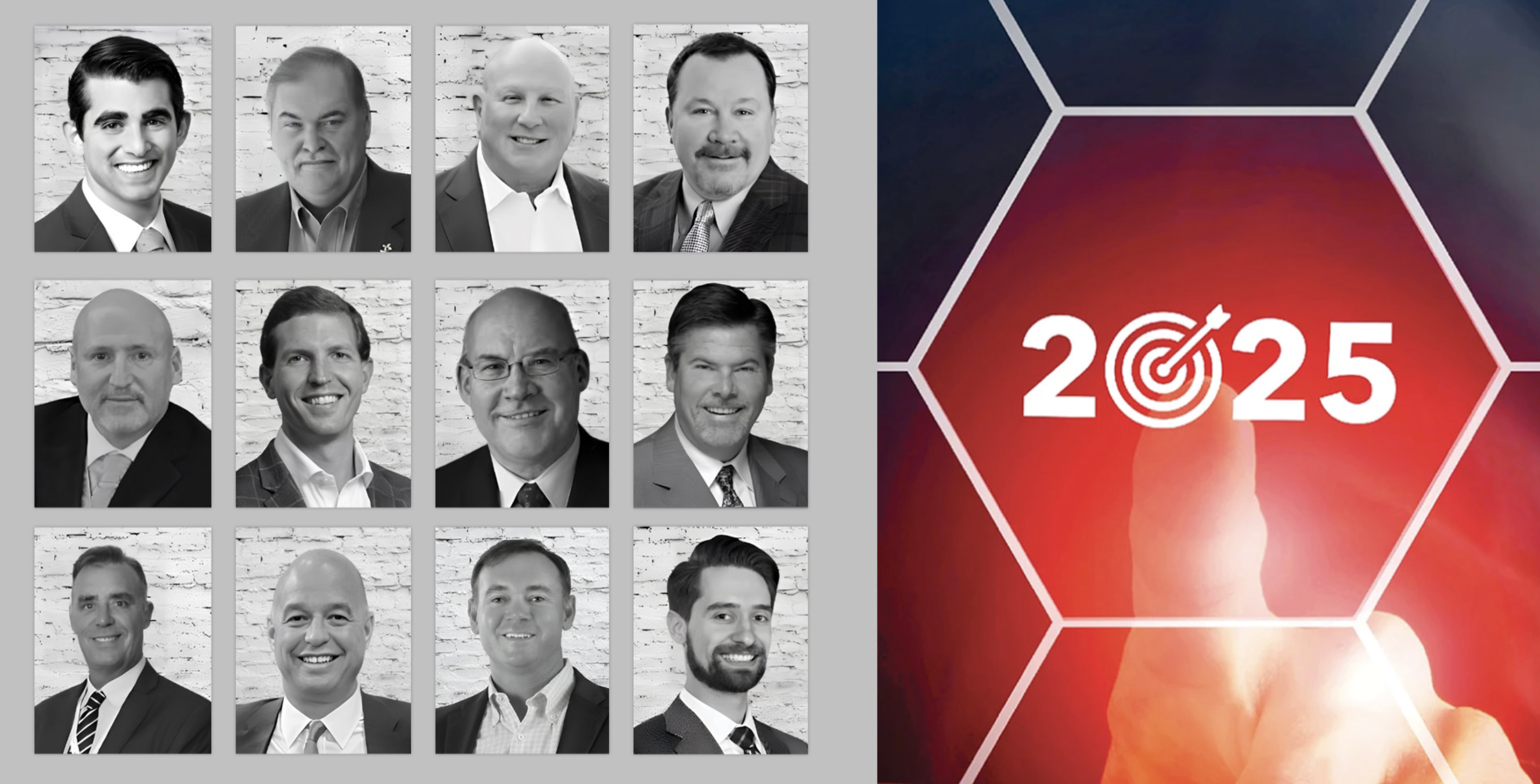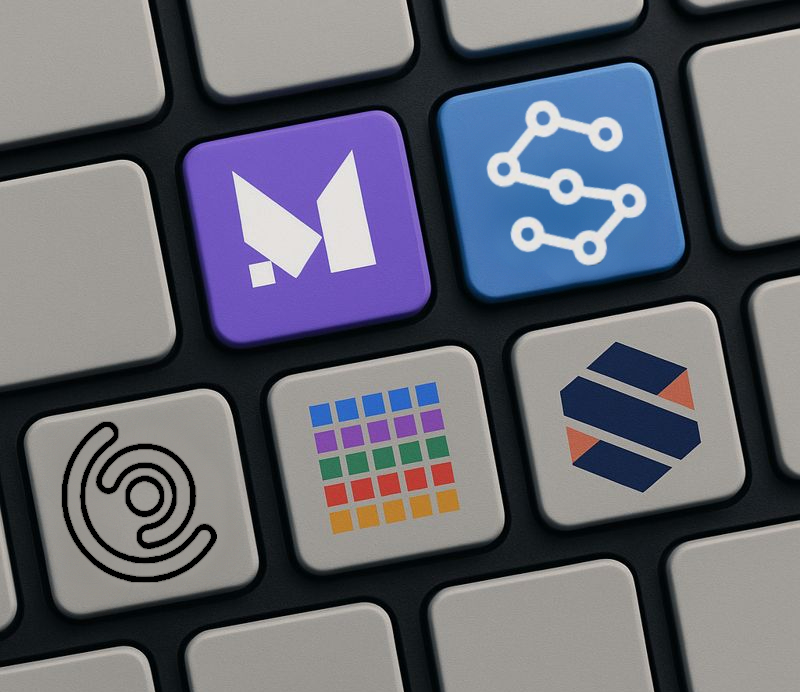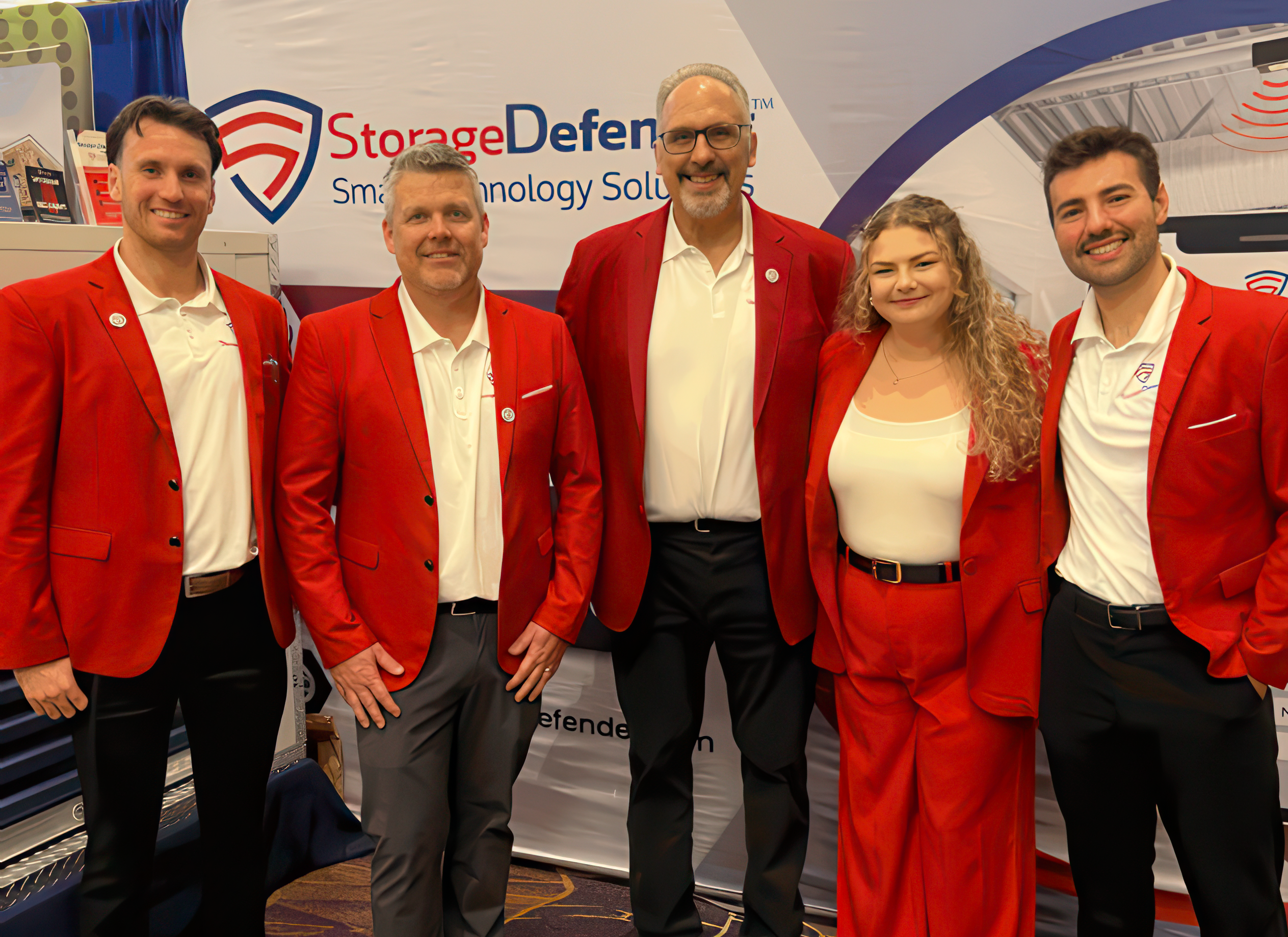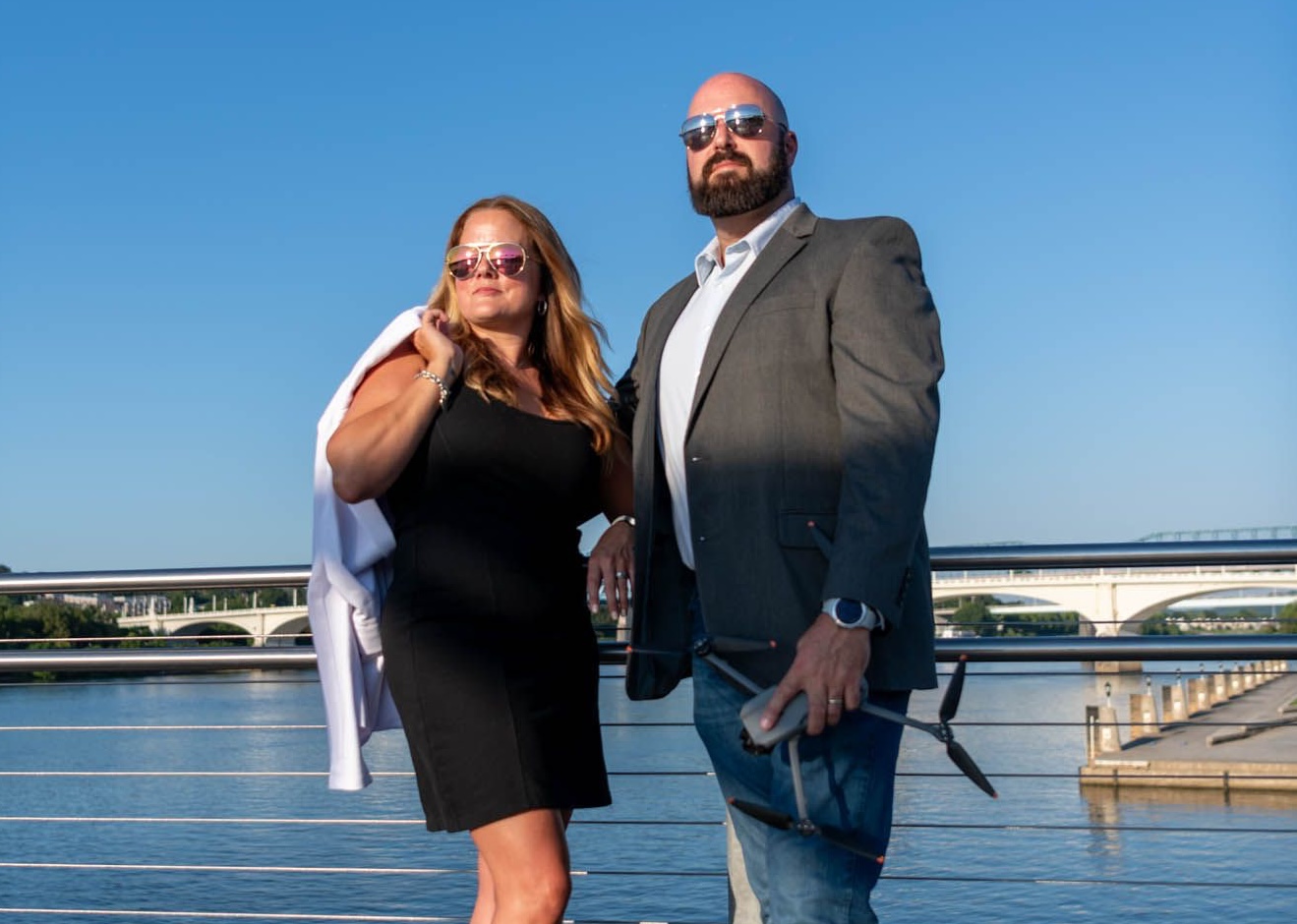The Neuroscience Of Innovation: How Your Own Brain Limits Your Creative Thinking
Several neuroscience principles limit our ability to creatively solve problems and generate innovative ideas. Understanding some of these principles can help you optimize your creative thinking and innovation processes.
- While your whole brain is working all the time, there are serious energy constraints.
The brain stores no fuel and running on empty degrades performance significantly. Therefore, it needs frequent breaks from high energy usage.One of the places you experience this brain energy constraint most acutely is during the brainstorming phase. It’s a fast and furious pace of generating ideas, potentially for a long time. Leaders have always known that taking breaks from ideation makes for better results, and this neuroscience principle is the obvious reason.
However, it’s also important to help people understand that they actually need to take a brain break, and to have the willpower to do it (instead of checking email or doing other work during the “break”). To help them, plan a little “enforced fun.” This can be things like group juggling, kid-like games, songs like “Heads, Shoulders, Knees, and Toes,” or an impromptu dance session.
You’ll notice many of these activities have a physical element. This physicality also helps with restoring some energy for the intensive brain work.
Another energy-enhancing tip: Feed people. A growling stomach is not conducive for maximum output of ideas. Be sure to feed them satisfying food—not just sweets. Offer nuts, cheese, veggies, or fruit. You can offer sweets too, but always make sure there’s some more sustaining fare as well.
- The brain naturally limits System 2 thinking.
Your brain has two types of thinking:
- System 1 (fast) is the “easy” type of thinking that we use most of the time. It’s intuitive and automatic. So, obviously, it’s also energy efficient.
- System 2 (slow) is thinking that requires more deliberation, more focus, more conscious thought, and literally uses more energy. Therefore, we subconsciously avoid it whenever we can.
If you avoid (or limit) System 2 thinking when it’s needed in your innovation process, you will, at the least, miss out on really good ideas, and at the worst, make some bad judgment calls that you might have avoided if you had effectively used System 2.
One of the phases where people frequently try to avoid System 2 thinking is immediately after idea generation, when it’s time to select the best ideas. The brainstorming is usually lots of fun. It’s fast and our brains are making sub-conscious and intuitive connections. Then comes the time we have to be focused and deliberate to narrow to a manageable set of ideas. Suddenly, it all becomes a lot less fun.
Know that your team will try hard to avoid System 2 thinking, so you need to be prepared to counter the objections and ensure that the needed deliberate thinking will happen. For example, people will say, “It takes too long to review all the ideas. We don’t have time.” Or, “Let’s just have everyone champion a few ideas instead of reviewing all of them. The ones we remember are probably the best ones anyway.” (This isn’t true, but that’s another topic.)
Another all-too-common scenario: The team has spent several hours together generating ideas. Then, everyone gets five sticky dots to vote for top ideas. Most people will do this in five minutes and immediately dash out the door. They weren’t forced to engage System 2 thinking, so they won’t. Their decisions will rely on System 1, with all its concurrent biases, shortcuts, and mistaken intuition. There will never be the deliberate, conscious, effortful thinking that’s needed at this stage. If this is the typical process in your innovation sessions, you need to make some significant changes.
- The brain is a “Bayesian inference machine.”
Huh? Bayesian logic is a very specific, formulaic method that provides a disciplined way of combining new evidence with prior models. So, the reference to our brains being a Bayesian inference machine is obviously a metaphor, although a very apt one.
Whenever people are faced with new information, they use it to only slightly refine—not completely rethink—their existing models/beliefs/hypotheses. Rarely do we assume new data means our existing beliefs might actually be wrong. Instead, we make only incremental and minimal adjustments to our existing beliefs—the least possible change in our thinking that will account for the new data.
Further, the more experience you have in a subject, the more of these existing assumptions you have about it. You are likely not even aware of all these embedded assumptions; many of them are so ingrained in your thinking that it wouldn’t occur to you to question them. They are presumed to be fact, if you even consciously recognize that you have these beliefs.
Obviously, to reach truly breakthrough insights and ideas, you must go beyond incremental thinking. To get there, we need to consider the possibility that our view of the world (or the market, or our product category, etc.) might need shaking up. Given that our human tendency is to retain existing mental models, you need to consciously be doing things to help you and your team break out of this natural limitation on new thinking.
Our brains are constantly making shortcuts, mostly in the interest of conserving energy. As a result, your brain will subconsciously limit your thinking in ways you’re not aware of, unless you consciously and actively manage it. Remaining vigilant about these neuroscience-based barriers can help you dramatically improve your creative thinking and your innovation processes.
Susan Robertson empowers individuals, teams, and organizations to adapt more nimbly to change by transforming thinking from “why we can’t” to “how might we?” She is a creative thinking expert with over 20 years of experience speaking and coaching in Fortune 500 companies. As an instructor on applied creativity at Harvard, Susan brings a scientific foundation to enhancing human creativity. To learn more, visit https://susanrobertson.co/.
More Content
Popular Posts
The self storage industry is in a precarious...
Joe Shoen, CEO of U-Haul, has had enough.
Like its name implies, Surprise, Ariz., a...
Joe Shoen has had enough.
In a record-breaking deal finalized May 12,...
Senate Bill 709 (SB709) has many in the...
Donald Trump has just reclaimed the White...
The question of “abandonment” of stored...
Self-storage operators wear a lot of hats....
In 1992, Clinton strategist James Carville...
Recent Posts
When Neville Kennard left for a work trip to...
Self-storage software is no longer...
The self-storage industry continues to...
Fires in California. Tornadoes in Kansas....
From policy pivots in Ottawa to tariff...
Self-storage operators have struggled to...
Their signature red coats may draw attention...
Nailing down Josh and Melissa Huff for an...




